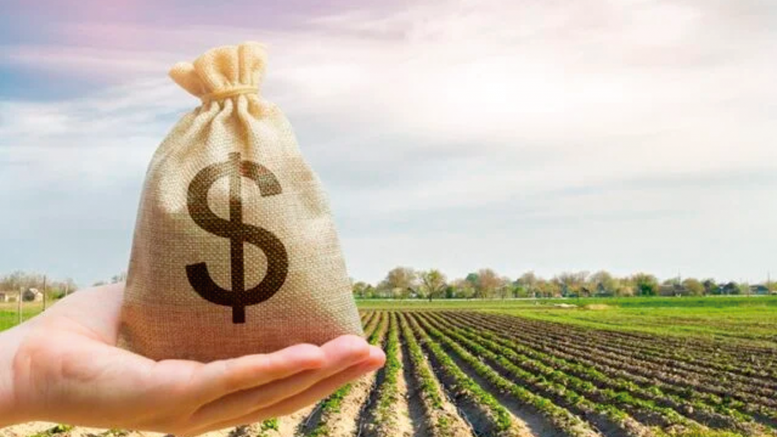“…new players emerged in farming financing, such as national investment funds and fintechs, realizing the opportunities to have a better return on their capital and with low risk…”

Janio Zeferino, director of AgroEasy Consultoria & Soluções Financeiras.
Janio Zeferino da Silva holds a degree in business administration from the State College of Education, Sciences and Letters of Paranavaí and is the director of AgroEasy Consultoria & Soluções Financeiras.
Zeferino was head of the Coffee Department at the Ministry of Agriculture, Livestock and Supply, head of operations at Sicoob in Brasília and regional superintendent at Banco do Brasil.
AgriBrasilis – What is the Plano Safra and what is its importance for agriculture? What is the profile of the most benefited producers?
Janio Zeferino – Plano Safra (Harvest Plan) is the official document that establishes norms, rules, values and interest rates for agricultural financing every year, noting that the agricultural year begins on July 1 of each year and runs until June 30 of the year following. It is prepared by the Ministry of Agriculture, with the participation of representative entities of the sector and federal ministries, and approved by president.
It is up to the National Monetary Council to prepare and publish the rules that are disclosed in the Rural Credit Manual.
The Plan meets all farmer profiles. However, the focus is on family farming and medium farmers. For this audience, there are two special programs: Pronaf, aimed at family farming, and Pronamp, aimed at medium-sized producers.
AgriBrasilis – Resources for small farmers increased by 36% in 2022. What motivated this change?
Janio Zeferino – The increase in resources is the Government’s response to the rise in production costs and to meet special projects to encourage low-carbon agriculture, storage and innovation.
National agribusiness preserves and takes care of the environment and any initiative to support its defense are welcome.
AgriBrasilis – Why won’t the current Plano Safra be enough to pay for production?
Janio Zeferino – Brazil annually plants an area of 73.7 million hectares of soybean, corn, rice, etc. In addition, our herd of cattle exceeds 220 million animals, not counting swine, poultry, sugar cane, coffee, fruit, vegetables, among others.
It so happens that the Union’s budget does not have the capacity to finance all these activities. For this reason, priority is given to family farming and medium-sized farmers.
AgriBrasilis – In what other ways can farmers obtain resources for their crops?
Janio Zeferino – The national and international financial market is the great financier of agribusiness through the most diverse forms and lines of credit.
The most traditional are Barter Operations – exchange of inputs for agricultural products; Cédula do Produto Rural (Rural Product Bill), which consists of the advance sale of production for future delivery; installment sale of inputs by the pesticide and fertilizer industries; and direct financing by companies that purchase agricultural products.
Recently, new players have emerged in farming financing, such as national investment funds and fintechs, realizing the opportunities to have a better return on their capital and with low risk, since the last thing any human being does is to stop eating.
AgriBrasilis – What are regulated interest rates and free interest rates? Why do experts say regulated interest rates could be lower?
Janio Zeferino – The main source of funds for rural credit are the compulsory funds held by banks at the Central Bank.
The percentage withheld is 25%, earmarked for financing agricultural production.
As these resources are frozen and have no remuneration, many experts understand that the operations could have a lower interest rate than the current one. However, the risk of operations, taxation and the administrative cost and compliance with the rules is the responsibility of the financing bank.
As there is no consensus, the Plan provides for lower interest rates for family farming and medium-sized producers, setting higher rates for large farmers.
AgriBrasilis – How can Agroeasy help farmers to finance their activities?
Janio Zeferino – Our work is focused on financial solutions for crop financing and farmer’s debts to banks, resellers, trading companies and other agribusiness financiers.
We are specialists in rural credit, with over 40 years of experience, and we have a portfolio of products that meet all farmer profiles.
We work in raising funds for investments, funding, implementation of new rural activities and technological innovation.
In addition, we have already renegotiated more than R$1 billion (US$ 185 million considering and exchange rate of 5.4) in overdue and settled debts from farmers across the country, always achieving excellent payment terms and a reduction in the amounts owed.

